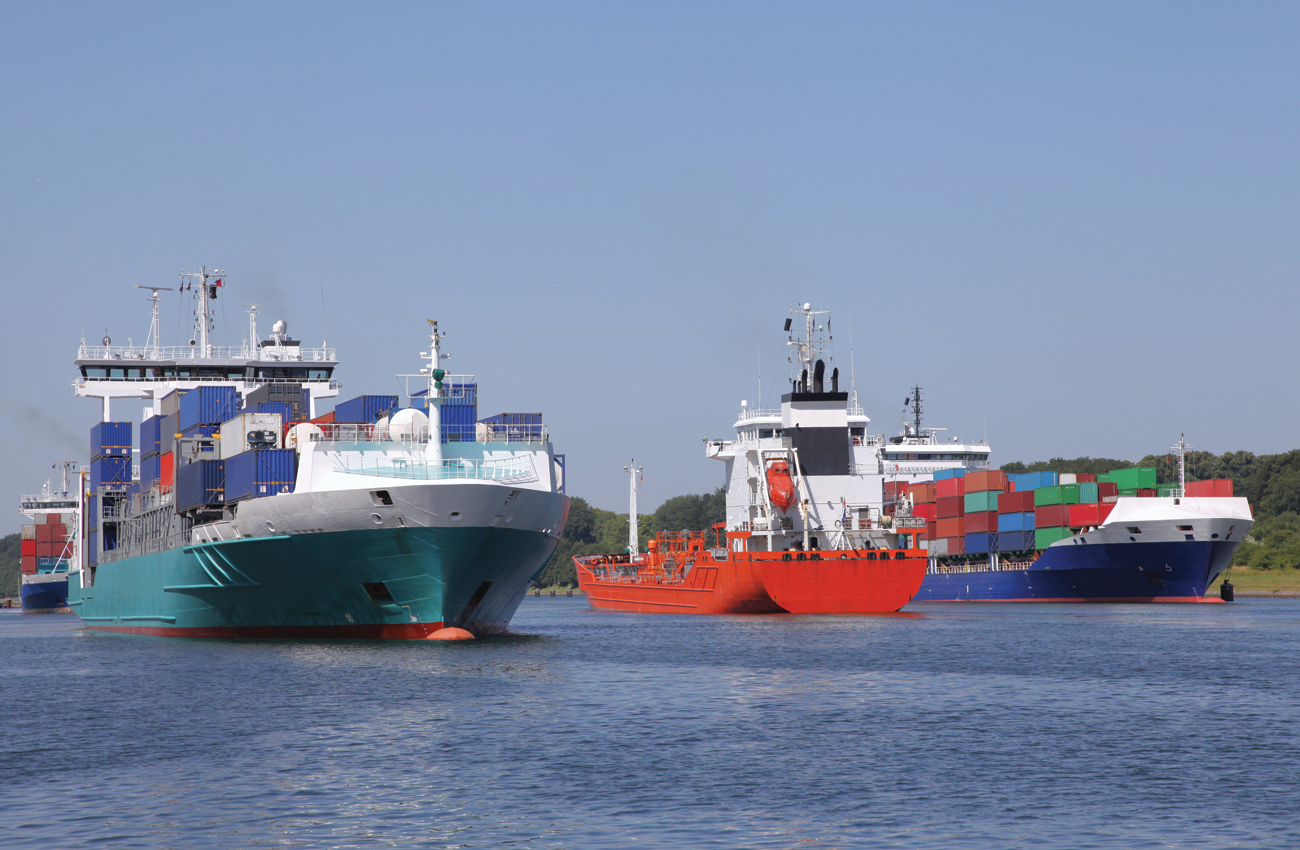Cross-border receivables financing is bringing new opportunities. Liz Salecka gets the perspective from bankers in Europe, Asia and the US.
While domestic markets provide banks with ample opportunities to offer receivables finance, rising volumes of global trade have turned this into a burgeoning cross-border business.
According to Jon Richman, head of trade and financial supply chain, Americas at Deutsche Bank, growth in cross-border receivables is now outpacing growth in global trade.
He identifies a number of reasons including:
- Lower corporate reliance on the securitisation of receivables;
- Greater use of receivables and distributor finance as a means of accessing liquidity;
- An increased focus on working capital and improving cashflows.
RBS, meanwhile, now has a larger proportion of cross-border than domestic receivables financing business.
“There are several industry solutions available – some of which are more specifically geared at borrowers in their own domestic market, such as factoring,” says Anil Walia, RBS’s head of supply chain finance. “Receivables financing is, however, a more sophisticated solution in terms of the documentation required – and also because of the working capital benefits to the client as the receivables are taken off balance sheet.”
However, cross-border receivables financing does present challenges for banks – most notably ensuring that the documentation drafted is legally enforceable in the overseas markets where buyers are based.
“A bank needs to ensure that if the buyer goes bankrupt it can access the bankruptcy pool to claim monies back. It has to ensure that it has a perfected interest in the receivables and can enforce its rights,” says Walia.
“This requires expertise and a good understanding of the relevant markets and the various legal frameworks. You need to perfect assignments of receivables and know what steps you can take if things go wrong,” continues Ashutosh Kumar, global head of corporate cash and trade at Standard Chartered, who believes that global and large banks are in a better position to understand the creditworthiness of an overseas buyer and the underlying regulations that prevail in different countries.
However, Richman notes that, while having a local presence where the overseas buyer is based is helpful, it is not a requirement.
“We have to conduct due diligence from a legal and tax perspective but this can be done without a local presence,” he says, pointing out that global banks develop knowledge of overseas markets when rolling out structured programmes for clients on an ongoing basis.
The situation is, nonetheless, not made any easier by huge variations in the complexities of laws governing receivables financing in different countries.
“In the developed world cross-border receivables financing is easier from a regulatory perspective but in emerging markets the rules are more complex,” says Kumar.
He identifies growing demand for cross-border receivables finance among Asian companies seeking to mitigate the risk of default by overseas buyers and monetise on-balance sheet receivables. Demand is coming from companies which are:
– Dealing with overseas buyers that want to transact on open account;
– Entering new relationships with overseas buyers and entering new countries and regions;
– In established open account relationships with buyers that are expanding their orders.
“Asia is more complex because as you move across the region regulations do vary quite substantially – although some countries have now drawn up banking rules and are providing guidelines on regulation,” he adds.
Kumar acknowledges that there is greater standardisation in Europe – but there are still variations. Some countries require a notice of assignment to be publicly registered while others go further and require this to be accompanied by an acknowledgement from the buyer.
Similarly, Walia notes that in Italy, for example, to perfect the assignment of receivables, the pledge has to bear a ‘Data Crete’ (certified true date) stamp from a local post office for this transaction to be legally binding.
“The eurozone is moving in small steps towards being a unified region from a legal perspective – but there is still a long way to go,” he says. “However, one of the benefits of working in this region is stability in legislation – you know that it will stay the same for years. When a market is developing, the rules applied may be subject to frequent changes.”
While emerging markets do present risks when it comes to receivables finance, these are mitigated if there is an underlying trade finance instrument.
Walia acknowledges that it is more secure for a bank to offer receivables financing when there is a letter of credit backing the trade transaction: “This is not just in Asia but for mid-market and SME exporters globally that can use letters of credit to evidence their orders and gain access to pre-shipment finance which is an extension of receivables finance.”
Meanwhile, Kumar explains that both cross-border receivables finance and forfaiting have a role to play and much depends on the buyer-seller relationship. “Asian trade is much more heavily based on letters of credit, but as trade grows, more is being conducted in the open account space,” he says.
Nevertheless, other tools are available to banks to improve risk capacity. “These include private risk insurance or getting the seller to take some degree of recourse when structuring the financing,” says Richman.







